On the May 15th recording of the HBO Series Last Week Tonight with John Oliver, John highlighted the current limitations to the 9-1-1 infrastructure and the challenges 9-1-1 call takers and dispatchers must overcome due to the drastic increase in mobile 9-1-1 calls. John Oliver rightly pointed out how Americans across the country trust 9-1-1 and rely on 9-1-1 call takers in their worst moments. While there are over 6,400 9-1-1 Call Centers in the US many are not able to respond to the onslaught of calls they can receive when anything more than a minor crisis occurs. Moreover, with over 70% of all 9-1-1 calls originating from cellular phones the utility of legacy location services (tied to the physical location of landline phones) the need for wireless location solutions is needed.
To help address this issue, internet-technology is being leveraged to create Next Generation 911 (NG9-1-1) capability that can accept more than voice calls from yesteryear's Public Switch Telephone Network (PSTN) / Plain Old Telephone Service (POTS) callers, adding the ability to request assistance via text and video – eventually from any internet-connected device. NG9-1-1 also provides 9-1-1 with a platform that can quickly grow to match the needs of the community, share emergency services between communities, and even send all calls to a different 9-1-1 call center in the event of an outage or large-scale disaster. All of these are difficult or impossible to do with today’s 9-1-1 network. NG9-1-1 also provides a way to send data “alongside” a 9-1-1 call. For example, imagine placing a call for 9-1-1, and having your name, frequented addresses, pre-existing medical conditions, and emergency contacts instantly available to 9-1-1 and First Responders. Imagine placing a call from a large university campus, a shopping mall, or a corporate facility knowing that First Responders know exactly where to go to gain access to the building, and are able to reference floor plans to know exactly where to find you. While NG9-1-1 provides a way to send such data, it does not provide tools to collect, store, validate, and manage this complex data. NG9-1-1 is also an emerging technology. It has taken a nearly a decade to develop the standards and get a small fraction of the nation’s 9-1-1 call centers on line. Yet even in these areas, you cannot send video or data alongside an emergency call with the NG9-1-1 network in place – more work remains.
Enhanced 9-1-1 (E911) is a solution designed to provide both caller location and identification. Instead of merely using the billing address for a wireless subscriber - a location that may not remotely represent where the wireless device resides in the here and now, an alternate method is needed, and the Federal Communications Commission (FCC) has outlined several requirements which wireless network operators must support. This includes requirements to identify the cell tower used by 9-1-1 callers (Phase 1 of the program), and now the location (Lat/Lon) of the caller within 300 yards (Phase 2 of the program). Carriers were allowed to choose to implement 'handset based' location by Global Positioning System (GPS) or similar technology in each phone, or 'network based' location by means of triangulation between cell towers.
Technologies such as the Smart911 software offered by Rave Mobile Safety acts as a bridge between NG9-1-1 and the E9-1-1 implementations, providing information (managed in a national database) on millions of individuals, and thousands of education, business, healthcare, and government facilities. The goal is to provide the right information at the right time, directly impacting the outcome of an emergency, and peoples lives.


